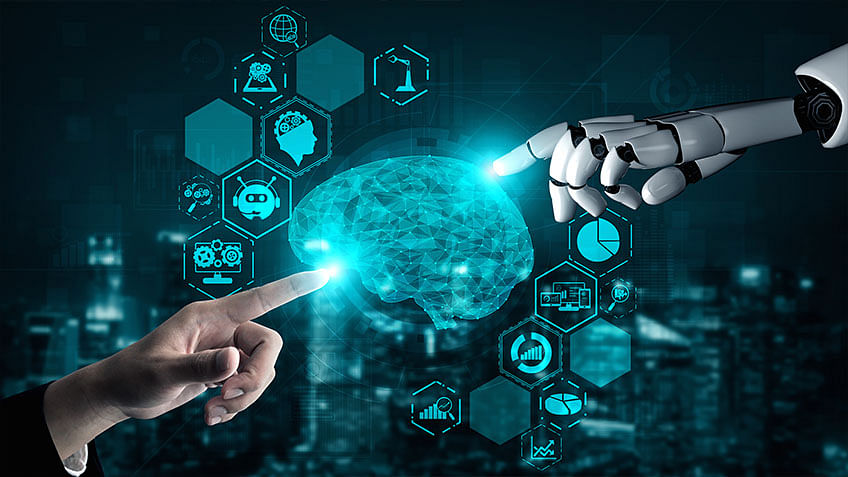1. What is Machine Learning?
Machine Learning is a subset of AI that focuses on developing algorithms that allow computers to learn from and make decisions based on data. The process involves feeding data into a model, training it to recognize patterns, and then using the model to make predictions or decisions without being explicitly programmed for specific tasks.
Key Characteristics:
- Data Dependency: Requires structured data for training.
- Feature Engineering: Involves manually selecting features that best represent the data.
- Algorithm Variety: Includes several types of algorithms like decision trees, support vector machines (SVMs), and k-nearest neighbors (KNN).
- Interpretability: Models are often easier to understand and interpret.
Use Cases:
- Spam detection in emails.
- Predictive maintenance in industries.
- Recommender systems (e.g., Netflix or Amazon suggestions).
2. What is Deep Learning?
Deep Learning is a specialized subset of Machine Learning that uses neural networks with many layers (hence the "deep" in deep learning). It’s designed to mimic the human brain’s ability to recognize patterns and learn from data. Deep Learning models are particularly good at handling large amounts of unstructured data like images, audio, and text.
Key Characteristics:
- Neural Networks: Utilizes multi-layered neural networks that automatically discover features from data.
- Data Hungry: Requires large datasets and significant computational power.
- Automatic Feature Extraction: Unlike traditional ML, DL models can automatically identify important features from raw data.
- Complexity: Models are often complex and harder to interpret, known as "black boxes."
Use Cases:
- Image and speech recognition.
- Autonomous vehicles.
- Natural language processing (NLP), like language translation and sentiment analysis.
3. Comparison of Machine Learning and Deep Learning
| Aspect | Machine Learning | Deep Learning |
|---|---|---|
| Data Dependency | Works with smaller, structured datasets | Requires large amounts of data |
| Feature Engineering | Manual selection and optimization required | Automatic feature extraction |
| Model Complexity | Less complex, easier to interpret | Highly complex, often opaque |
| Computation Power | Requires less computational resources | Demands high computational power (GPUs, TPUs) |
| Training Time | Generally faster to train | Can take a long time to train |
4. When to Use Machine Learning vs. Deep Learning
Machine Learning: Ideal for problems where you have limited data, need quick results, or where model interpretability is crucial. It’s also suitable for tasks that don’t require the sophistication of deep learning, such as basic predictive analytics.
Deep Learning: Best for tasks involving large datasets, unstructured data, and where accuracy is more critical than interpretability. Use DL when the problem requires the model to learn from raw data or when dealing with complex tasks like image recognition or natural language processing.
5. Conclusion
While Machine Learning and Deep Learning are interconnected, their applications and methodologies differ significantly. Machine Learning offers simplicity and interpretability, making it suitable for a wide range of applications, while Deep Learning, with its complex neural networks, excels in tasks involving large, unstructured datasets. Understanding these differences will help you choose the right approach for your AI projects, ensuring that you leverage the strengths of each method effectively.









No comments: